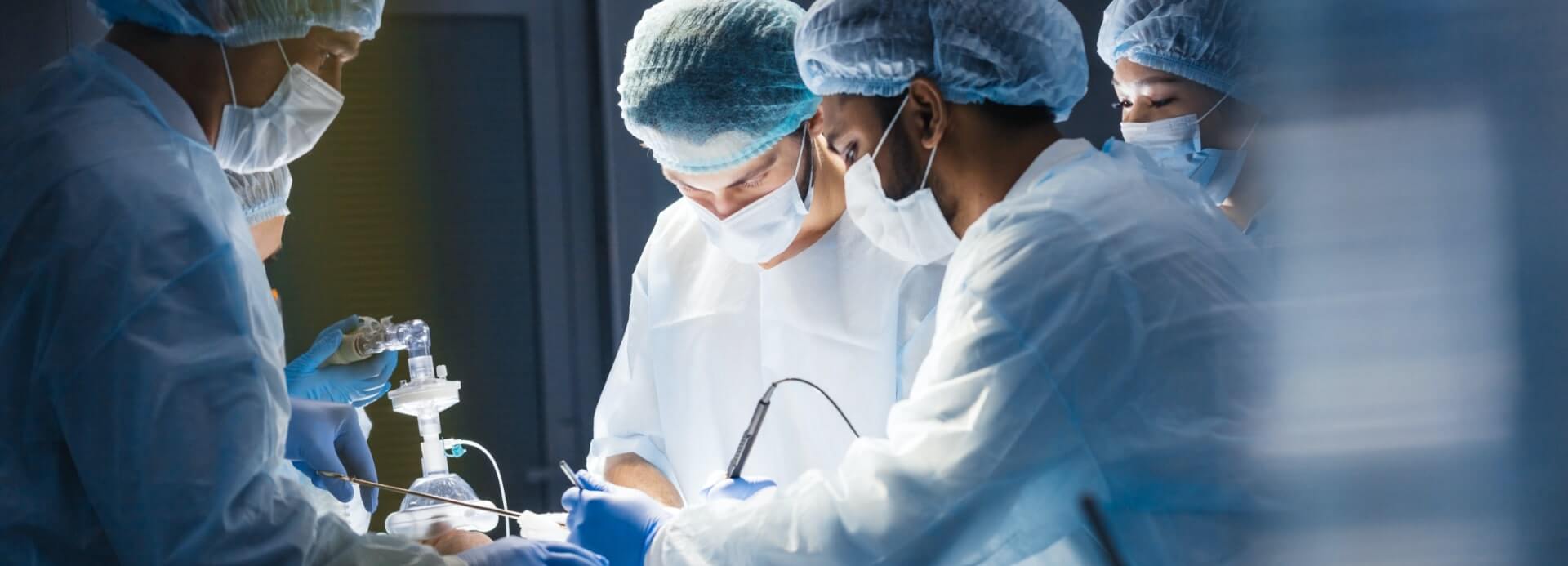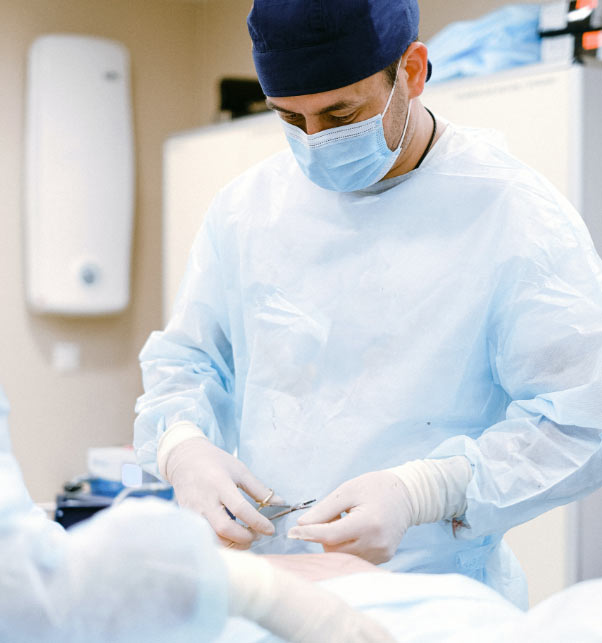
A freely moving spinal column is necessary for so many activities, we can sometimes take it for granted. However, ask anyone who has had spinal fusion surgery and they will tell you how a lack of motion at that fused spinal joint has restricted the movement of their whole body. With artificial disc replacement comes the promise of motion preservation. Preserving motion in the spinal joint through artificial disc replacement, preserves motion of the body in ways spinal fusion surgery simply cannot.
At one time, hip and knee fusion were state-of-the-art
Most people do not realize that as late as the 1970s, knee and hip fusion surgeries were common surgical treatments for severe, chronic joint pain. Joint motion preservation was not even an option.
When medical therapies did not work for severe osteoarthritis, orthopedic surgeons would perform arthrodesis of the joint, that is, the joint was fused solid. With joint fusion surgery, as the song goes, the thigh bone (femur) was connected to hip bone (pelvis). While hip or knee fusion surgery stopped the pain, the joint no longer moved. The knee no longer bent. The hip no longer rotated. Motion at the joint stopped. Motion of the body, in turn, was greatly diminished.
Today, the standard of care is hip or knee replacement, not arthrodesis/fusion. Joint motion preservation in the knee or hip is considered as important as pain relief in the joint. With arthroplasty or joint replacement, the joints move freely because they are not fused. An artificial joint replaces the damaged natural joint. The knee bends. The hip rotates.
If knee and hip replacements have become the standard of care, why do most surgeons turn to spinal fusion to treat chronic neck or back pain over artificial disc replacement?
The joys of a mobile spine
The spine is not simply a stack of bones that holds your upper body. Consider how a healthy spine moves. Freely moving vertebrae allow your back to bend forward and backward, twist, rotate and stretch. How many yoga poses could you do without a flexible spine? How important is a mobile spine to your golf swing or your tennis serve? Even simple things such as putting on shoes, driving a car, or picking up your grandchild is less cumbersome when the spine can move freely.
Despite the wide availability of safe and effective artificial devices to replace cervical discs and lumbar discs, spinal fusion surgery is the most common surgical treatment for chronic neck or back pain. In spinal fusion surgery, the problem disc is removed and the two bones on either side are fused together. The pain of degenerative disc disease usually stops or diminishes after spinal fusion surgery, but the joint no longer moves. In turn, the spine loses mobility and flexibility. To be fair, not all patients are candidates for artificial disc replacement, but for those who are candidates, it is generally in the surgeon’s best interest to choose fusion, not the patient’s. Spinal fusion is usually easier for the surgeon to perform, and therefore faster and allows more patients to be treated in a given surgery day. The reimbursement rates for spinal fusion surgery are higher than they are for artificial disc replacement. But for patients, the recovery time after spinal fusion surgery is often longer, and they miss out on the motion preservation benefits of artificial disc replacement. For these reasons, Dr. Todd Lanman has worked to change the field of spine surgery so that we all can move beyond fusion.
Artificial disc replacement can treat neck or back pain just like spinal fusion, but only disc replacement maximizes spinal mobility and preserves motion.
Ready to reclaim your life? Get in touch with Dr. Lanman Today.
FOLLOW US ON SOCIAL MEDIA | @ADRSPINE





